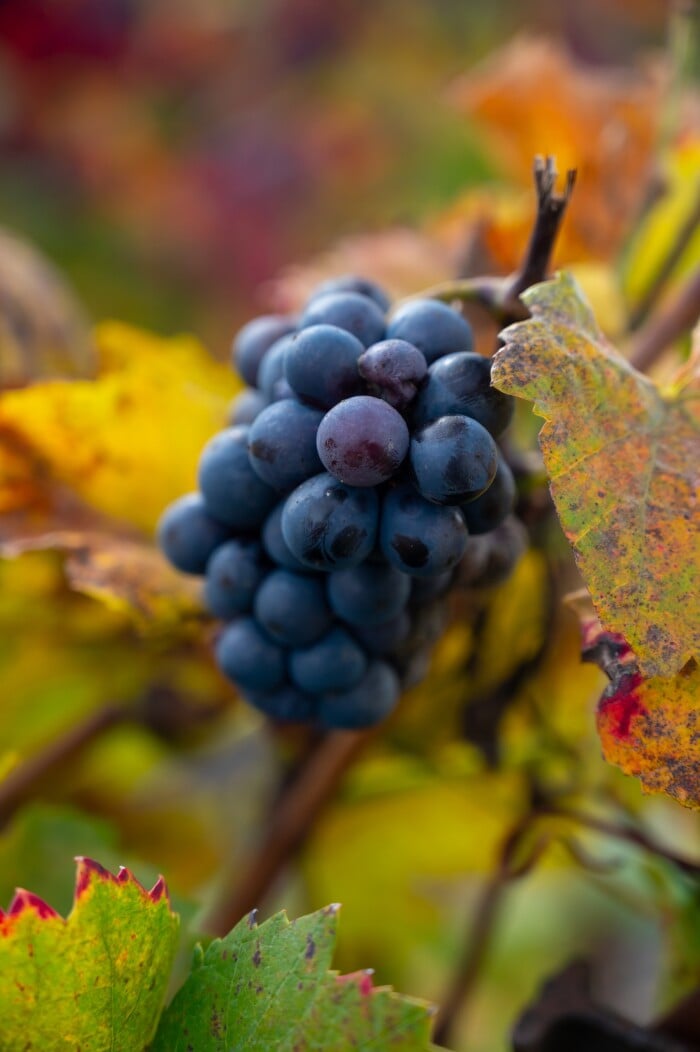
Pinot Meunier
Pinot Meunier stands less renowned compared to Pinot Noir and Chardonnay. It contributes bright fruit, good structure, and texture to Champagne blends. The term "Meunier," meaning "miller" in French, alludes to the floury appearance of the vine leaves' underside.
Despite its higher acidity, lower tannin, and minimal alcohol content, Pinot Meunier lacks longevity and relies on support from its Champagne counterparts. Described as a clonal mutation within the Pinot group, it shares genetic material with Pinot Noir, Pinot Gris, and related derivatives.
Taste
This grape variety exhibits floral and perfumed qualities, along with red-fruited and juicy characteristics. Common taste and aroma profiles encompass cherry, pomegranate, raspberry, spice, rose, and earth. Depending on origin and winemaking techniques, additional notes of strawberry, chocolate, and citrus may be discerned.
Other
Planted in colder regions as a safeguard against challenging vintages, Pinot Meunier matures more swiftly than Pinot Noir, proving suitable for softening non-vintage Champagne wines. This light and aromatic red variety, akin to Pinot Noir but ripening earlier, exhibits confected fruit and occasional smoky flavors.


